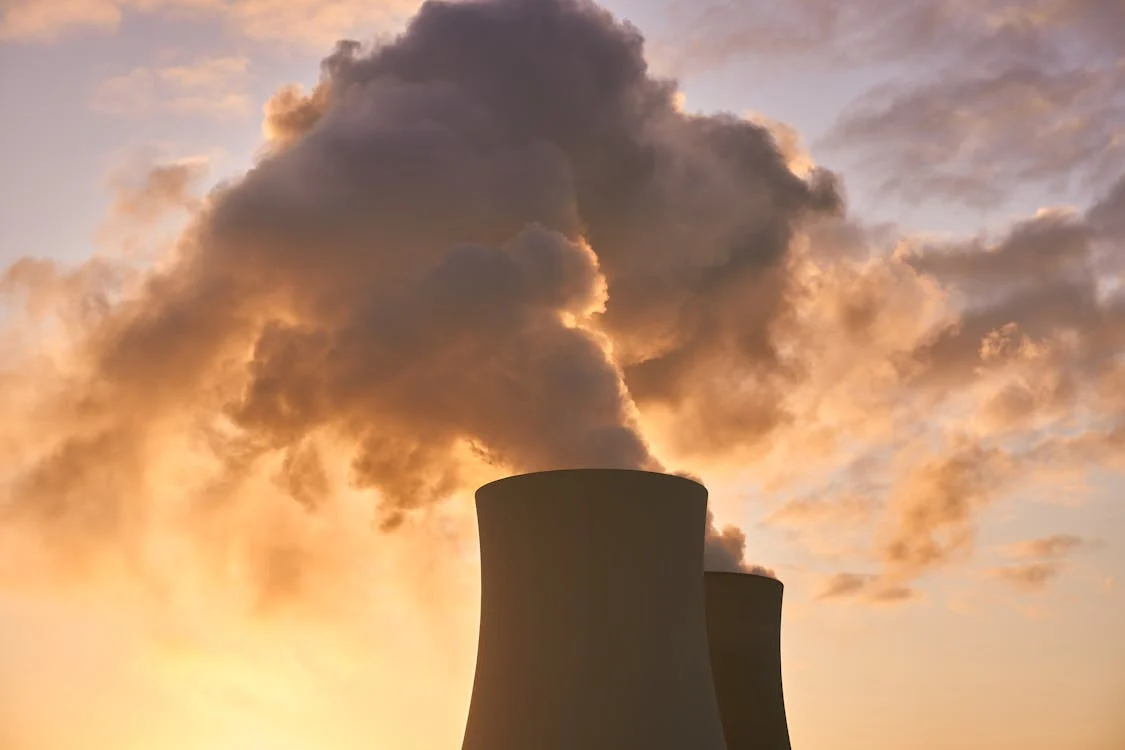Ensuring Regulatory Compliance with ATEX Certified Gas Analyzers
Introduction
In industries where explosive atmospheres are a risk, regulatory compliance is not just a legal requirement but a critical safety measure. ATEX certified gas analyzers are designed to meet stringent safety standards, ensuring safe and efficient operations. This guide explores how these analyzers help in maintaining regulatory compliance and protecting your workplace.
Table of Contents
- Understanding ATEX Certification
- Importance of Regulatory Compliance
- Key Features of ATEX Certified Gas Analyzers
- Implementing ATEX Certified Gas Analyzers
- Best Practices for Maintenance and Use
- Case Studies: Successful Compliance Stories
Main Content
Understanding ATEX Certification
ATEX (Atmosphères Explosibles) certification is a European directive for equipment used in explosive atmospheres. It ensures that products meet essential health and safety requirements, preventing ignition risks and protecting personnel and property.
"ATEX certification is crucial for equipment used in potentially explosive environments."
Importance of Regulatory Compliance
Regulatory compliance is essential for avoiding legal penalties, ensuring safety, and maintaining operational efficiency. Non-compliance can lead to severe consequences, including fines, shutdowns, and accidents.
"Compliance with ATEX regulations safeguards both your workforce and your business."
Key Features of ATEX Certified Gas Analyzers
ATEX certified gas analyzers come with features such as explosion-proof enclosures, intrinsic safety designs, and advanced detection capabilities. These features are crucial for detecting and mitigating explosive risks in hazardous areas.
"Advanced features in ATEX certified analyzers provide reliable and safe gas detection."
Implementing ATEX Certified Gas Analyzers
To implement ATEX certified gas analyzers, start with a thorough risk assessment to identify hazardous areas. Choose analyzers that meet the specific requirements of your environment and integrate them with your existing safety systems.
"A tailored implementation plan ensures optimal performance and compliance."
Best Practices for Maintenance and Use
Regular maintenance and proper use of ATEX certified gas analyzers are critical for maintaining compliance. Conduct periodic inspections, calibrate equipment regularly, and train staff on safe operation practices.
"Consistent maintenance and training are vital for sustaining compliance and safety."
Case Studies: Successful Compliance Stories
Explore case studies of industries that have successfully achieved regulatory compliance with ATEX certified gas analyzers. These stories highlight best practices, challenges faced, and the tangible benefits of compliance.
"Real-world examples demonstrate the effectiveness of ATEX certified gas analyzers in ensuring safety and compliance."
Conclusion
Ensuring regulatory compliance with ATEX certified gas analyzers is essential for safety and operational efficiency in hazardous environments. By understanding the importance of certification, implementing the right equipment, and following best practices, you can protect your workplace and achieve compliance with ease.



